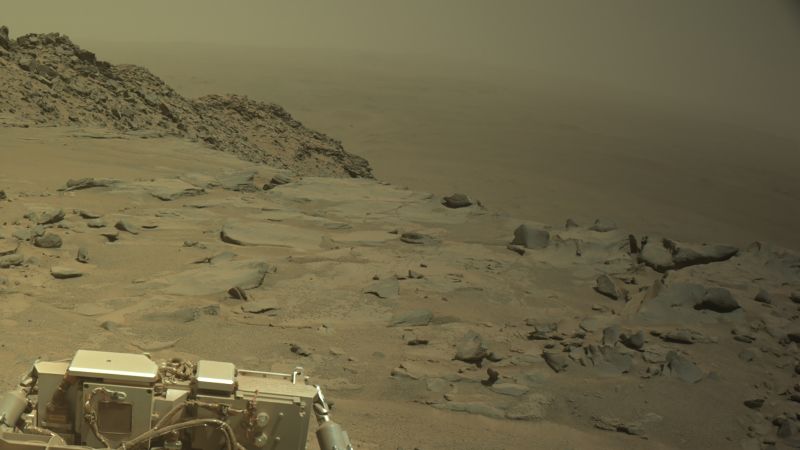The quest to establish human life on Mars, a vision propelled by entrepreneurs like Elon Musk, might seem compelling amid escalating threats from climate change and advances in space technology. However, recent literature suggests a more sobering reality. According to the book “A City on Mars: Can We Settle Space, Should We Settle Space, and Have We Really Thought This Through?”, authored by Kelly and Zach Weinersmith, the prospect of colonizing Mars may be fraught with peril and impracticality.
Published in November 2023 and awarded the 2024 Royal Society Trivedi Science Book Prize, the book delves into the harsh truths about living on the red planet. Kelly Weinersmith, a biologist with a position at Rice University in Houston, and Zach Weinersmith, a renowned cartoonist, embark on a critical analysis of how humans may survive in an environment that is anything but hospitable. They address preconceived notions about Mars settlement, exploring significant questions such as food production, child-rearing, and the broader implications of establishing a human presence beyond Earth.
Initially optimistic about the potential for human habitability on Mars, the authors’ research catalyzed a shift in their perspective toward skepticism. They draw a powerful analogy, stating, “Leaving a 2-degree Celsius warmer Earth for Mars would be like leaving a messy room so you can live in a toxic waste dump.” This metaphor starkly illustrates the contrasting conditions that a Martian habitat would present when juxtaposed with Earth, particularly against the backdrop of rising temperatures and environmental degradation.
Throughout the course of their four-year research endeavor, which started enthusiastically, the Weinersmiths uncovered alarming uncertainties regarding human survival on Mars. Kelly Weinersmith notes the unrealistic expectations surrounding the timeline for colonization, particularly claims by Musk regarding establishing a million-strong population on Mars within thirty years—an assertion the authors deem impossible without catastrophic consequences. They caution that an influx of settlers could lead to immense challenges, including potentially fatal medical complications related to pregnancy and childbirth in the Martian environment.
The authors emphasize that the foundation for human life on Mars would need to be painstakingly constructed over generations. They argue that the immediate prospects for sustainable living on Mars are dim due to the planet’s excessively harsh conditions. For instance, the reduced gravitational force poses severe risks to human health, with implications for bone density that could endanger mothers during childbirth. From a scientific standpoint, they stress the significant gaps in our understanding of human biology when subjected to the Martian conditions that differ markedly from Earth’s.
Another pressing concern raised by the Weinersmiths is reproduction in space. Their research underscores the lack of data on how prospective Martian births would unfold, as experiments have predominantly focused on short-duration missions aboard the International Space Station. The absence of a protective atmosphere on Mars raises concerns about radiation exposure and the resultant health risks that future pioneers would encounter.
In addition to the biological and medical uncertainties, the authors explore the broader implications of space governance in an era where commercial interests are increasingly encroaching upon previous notions of collective exploration. The Outer Space Treaty of 1967, the primary legal framework for space, lacks specificity and fails to anticipate the rapid advancements in space settlement technologies and ambitions. This legal vagueness could precipitate conflicts over resource utilization and territorial claims between nations, particularly between powers like the United States and China.
Finally, the Weinersmiths delve into practical challenges like food sustainability on Mars. They discuss the concept of closed-loop ecological systems—self-contained habitats that could support human life through advanced agricultural techniques within sealed environments. However, they acknowledge the substantial research gaps in developing such systems.
In summary, while the allure of Martian habitation is captured in popular narratives, reality, as explored in the Weinersmiths’ book, reveals a far more complicated landscape. The aspiration to create a thriving community on Mars is laden with uncertainties and challenges, many of which have yet to be properly addressed. The authors advocate for careful consideration and extensive research to understand the implications of possibly becoming a multiplanetary species, highlighting that such significant endeavors should not be rushed or taken lightly.



